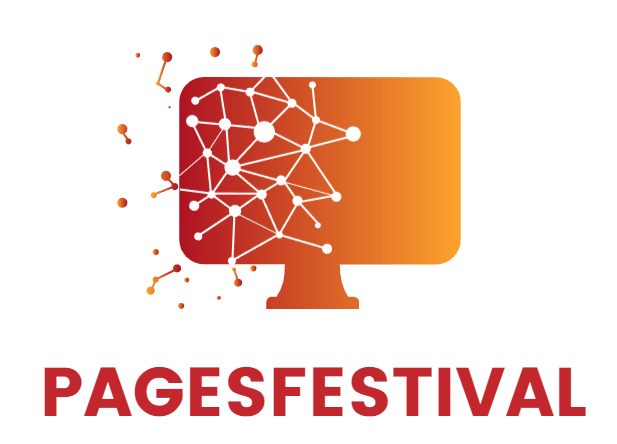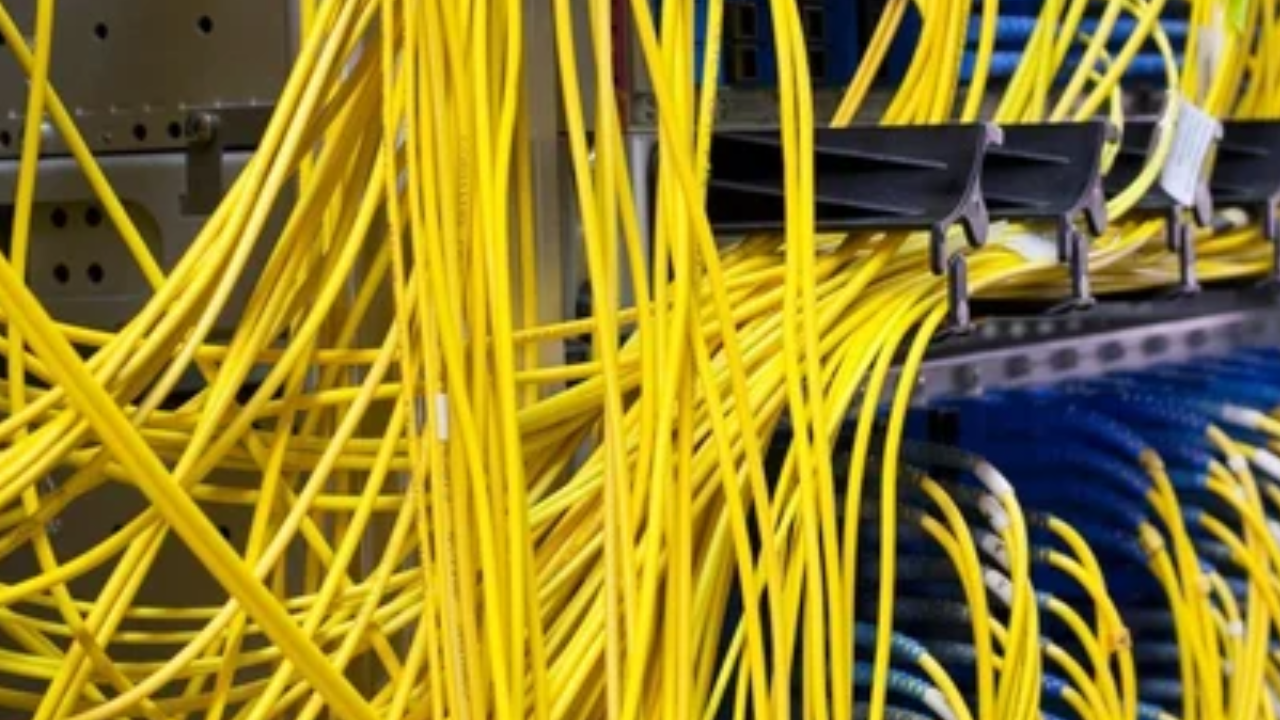Fibre optic enclosures are housings that protect fiber optic cables, connections, and splices from environmental hazards and physical damage. These enclosures are crucial to guaranteeing the durability and dependability of fiber optic infrastructure. Fiber optic enclosures are often made of robust materials such as metal or high-grade plastic, with designs that allow secure and organized storage for cables and associated components.
They are available in a variety of configurations, including rack-mounted enclosures for data centers and wall-mounted enclosures for modest deployments. Fibre optic enclosures are available in several sizes and designs to meet different installation requirements. To learn more about fiber optic cables, go to the official website of Bonelinks by following this link www.bonelinks.com. The suitable enclosure, whether used indoors or outdoors, ensures that fiber optic cables are properly protected and organized.
The Role of Fiber Optic Enclosures in Safeguarding Cables
In the complex world of data transfer, fiber optic cables' dependability and robustness are critical. Fibre optic enclosures are unsung heroes, offering critical protection to these sensitive cables. This article dives into the multidimensional role of fiber optic enclosures, explaining how they protect cables from environmental conditions, mechanical stress, and other potential hazards while guaranteeing a steady and uninterrupted flow of data.
Physical Protection against Environmental Factors
Fibre optic enclosures protect cables from environmental conditions that could jeopardize their integrity. Harsh weather, severe temperatures, and moisture can all pose serious hazards to fiber optic connections. Weather-resistant enclosures are meant to keep water out and protect cables from temperature variations. This physical protection extends the life of cables in outdoor installations, making them acceptable for a wide range of situations.
Mechanical Protection and Strain Relief
Cables are susceptible to mechanical stress, whether from bending, twisting, or unintentional strikes. Fiber optic enclosures are designed to offer mechanical protection and strain relief, reducing the possibility of cable breakage. The enclosures secure the cables and prevent excessive bending or stretching, which could result in signal loss or breakage. This is especially important in high-traffic locations or installations where cables may be subjected to unintended physical stress.
Preventing Contamination and Dust
Contamination, such as dust and debris, can degrade the performance of fiber optic cables. Fibre optic enclosures are meant to create a sealed environment that keeps impurities out. This is especially important in industrial settings or locations with a high concentration of airborne particles. Enclosures help to maintain data transmission quality and efficiency by keeping the environment clean and controlled.
Securing Connections and Splices
Fibre optic enclosures provide a secure container for cable connectors and splices. These key junctures in the fiber optic network require protection from external forces that could jeopardize signal integrity. Enclosures include features like splice trays and cable management systems to keep connections secure and organized. This improves the network's reliability while also making maintenance and troubleshooting easier.
Customized Designs for Varied Applications
Fibre optic enclosures are available in several designs to suit a wide range of applications. Rack-mounted enclosures are ideal for data centers since they are well-organized and take up little space. Wall-mounted enclosures are appropriate for tiny installations or areas with restricted space. Outdoor enclosures are made of UV-resistant materials that withstand extreme weather conditions. The versatility of the design allows enclosures to be tailored to specific needs.
Facilitating Ease of Maintenance
Maintenance is an important part of assuring the long-term performance of fiber optic cables. Fiber optic enclosures are designed with user-friendly features that allow for easy inspection, cleaning, and maintenance. The modular design of many enclosures enables technicians to access certain components without disturbing the overall network. This not only lowers downtime during repair but also improves overall system reliability.
Temperature Control and Ventilation
Temperature regulation is critical for maintaining the integrity of fiber optic cables. To avoid overheating, enclosures frequently feature ventilation and temperature control mechanisms. In settings with extreme temperature changes, these features keep cables within the recommended operating temperature range. Maintaining a steady temperature is critical for preventing signal deterioration and guaranteeing reliable operation.
Security Measures
Fibre optic enclosures include security mechanisms to prevent unauthorized entry. Locking mechanisms and tamper-resistant designs ensure that only authorized workers have access to the internal components. This is especially significant in locations where data transmission security is a top issue, such as financial institutions, government facilities, and sensitive industrial applications.
Summary
Fibre optic enclosures serve an important role in protecting the complex architecture of fiber optic cables. As technology advances, the growth of fiber optic enclosures will surely play an important part in satisfying the growing demand for robust and secure communication across industries. Investing in high-quality enclosures is more than a practical need; it is a strategic move toward maintaining the longevity and efficiency of fiber optic networks in today's changing communication landscape.


